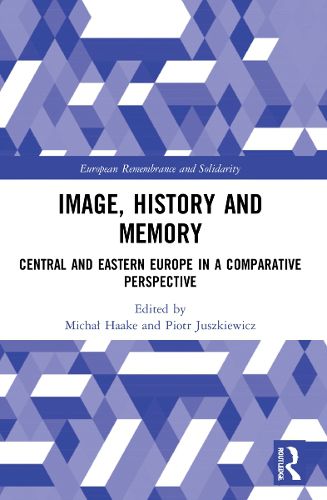Readings Newsletter
Become a Readings Member to make your shopping experience even easier.
Sign in or sign up for free!
You’re not far away from qualifying for FREE standard shipping within Australia
You’ve qualified for FREE standard shipping within Australia
The cart is loading…






This book discusses the active relationship among the mechanics of memory, visual practices, and historical narratives.
Reflection on memory and its ties with historical narratives cannot be separated from reflection on the visual and the image as its points of reference which function in time. This volume addresses precisely that temporal aspect of the image, without reducing it to a neutral trace of the past, a mnemotechnical support of memory. As a commemorative device, the image fixes, structures, and crystalizes memory, turning the view of the past into myth. It may, however, also stimulate, transform, and update memory, functioning as a matrix of interpretation and understanding the past. The book questions whether the functioning of the visual matrices of memory can be related to a particular historical and geographical scope, that is, to Central and Eastern Europe, and whether it is possible to find their origin and decide if they are just local and regional or perhaps also Western European and universal. It focuses on the artistic reflection on time and history, in the reconstructions of memory due to change of frontiers and political regimes, as well as endeavours to impose some specific political structure on territories which were complex and mixed in terms of national identity, religion and social composition.
The volume is ideal for students and scholars of memory studies, history and visual studies.
$9.00 standard shipping within Australia
FREE standard shipping within Australia for orders over $100.00
Express & International shipping calculated at checkout
This book discusses the active relationship among the mechanics of memory, visual practices, and historical narratives.
Reflection on memory and its ties with historical narratives cannot be separated from reflection on the visual and the image as its points of reference which function in time. This volume addresses precisely that temporal aspect of the image, without reducing it to a neutral trace of the past, a mnemotechnical support of memory. As a commemorative device, the image fixes, structures, and crystalizes memory, turning the view of the past into myth. It may, however, also stimulate, transform, and update memory, functioning as a matrix of interpretation and understanding the past. The book questions whether the functioning of the visual matrices of memory can be related to a particular historical and geographical scope, that is, to Central and Eastern Europe, and whether it is possible to find their origin and decide if they are just local and regional or perhaps also Western European and universal. It focuses on the artistic reflection on time and history, in the reconstructions of memory due to change of frontiers and political regimes, as well as endeavours to impose some specific political structure on territories which were complex and mixed in terms of national identity, religion and social composition.
The volume is ideal for students and scholars of memory studies, history and visual studies.